Bearing piles
It is not possible to install driven bearing piles to such fine tolerances of position or level or of horizontal or vertical alignment. The achievable tolerances are strongly related to factors such as
- the accuracy in setting up the piling equipment;
- the accuracy or ‘repeatability’ of the measurement system;
- the fixity in machine parts;
- any presence of obstructions in the ground and any variations in the properties of the soil especially near the point of entry of the pile into the ground surface;
- the inclination of the strata; and
- operator error.
The pile design should allow for bending stresses caused by a specified inaccuracy in the installed position of a pile that has been agreed with the installation contractor. The order of magnitude for tolerances which can normally and reasonably be achieved are quoted in certain specialist publications for example the ICE Specification for Piling and Embedded Retaining Walls.
Typical tolerances quoted for bearing piles generally include:
- a positional tolerance of 75 mm and
- a maximum of 1 in 75 on axial line for vertical piles.
Sheet pile walls
The required installation tolerances for sheet piles are defined in EN 12063 Execution of special geotechnical works – Sheet pile walls and the TESPA publication Installation of steel sheet piles.
In the TESPA manual the tolerances on pile position are given as:
Lateral: deviation normal to the wall line at the top of the pile ±50 mm
Vertical: deviation from verticality:
- normal to line of piles = ±1% of driven depth
- along line of piles = ±0.5 to 1% of driven depth dependent on driving method
Level: finished level deviation from nominal defined level:
- ±20 mm vertical for top of pile
- ±120 mm vertical for toe of pile
Dispensations are given in EN 12063 for hard driving conditions to permit some declutching, provided that no strict criteria are required. However, declutching is unlikely to be tolerable for most permanent retaining walls as it impacts performance and water tightness and this relaxation should not generally be applied.
In basement construction, tighter tolerances may be required, for example where column loads are to be supported by the wall or if other site constraints dictate, such as clearance to other structures or building elements. It should be noted that installation to tighter tolerances will carry some cost and time implications, and should be used only where required.
Read about Environmental Factors With Driven Piles
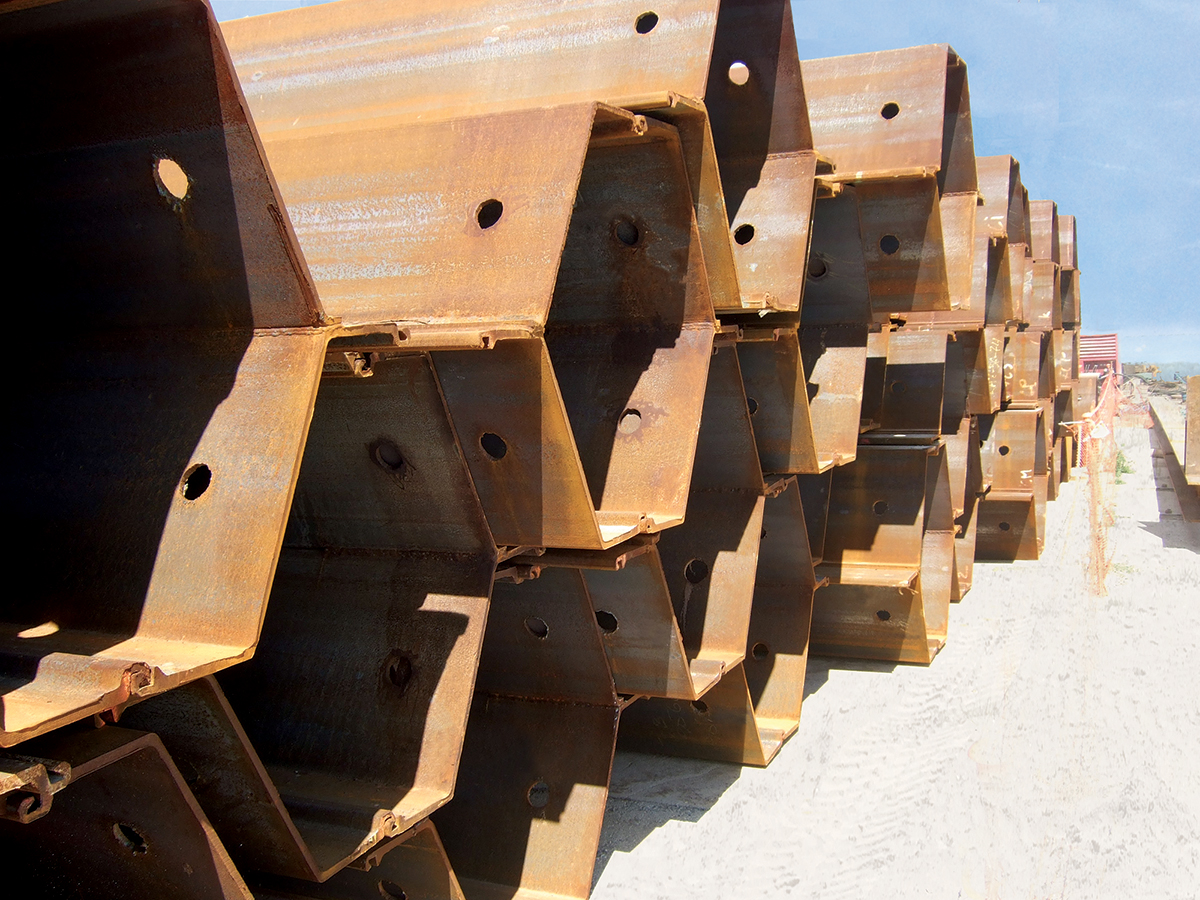
Case Studies
A selection of our work

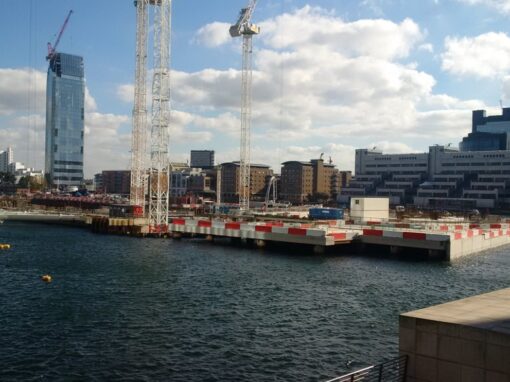





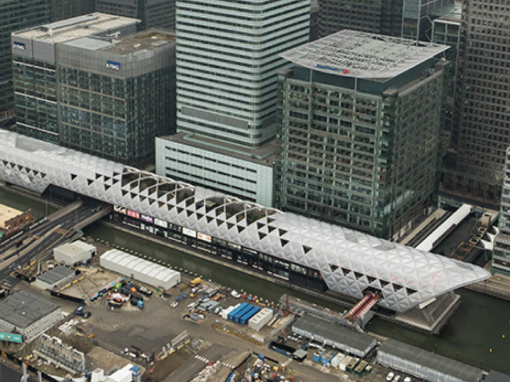





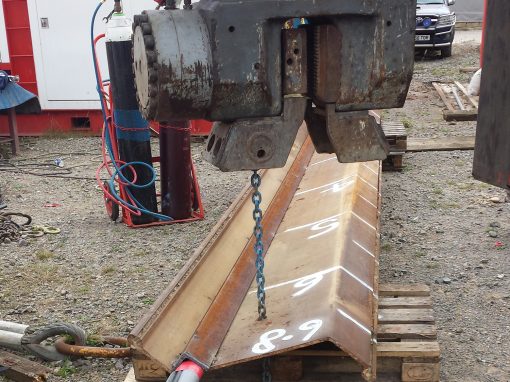
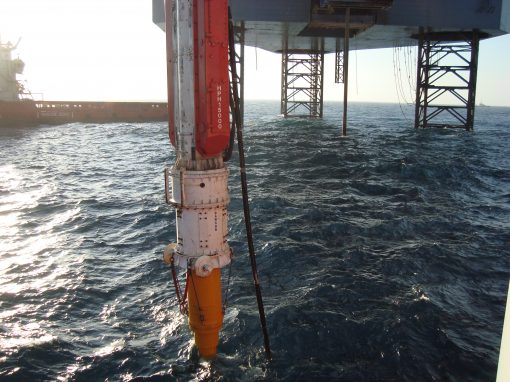


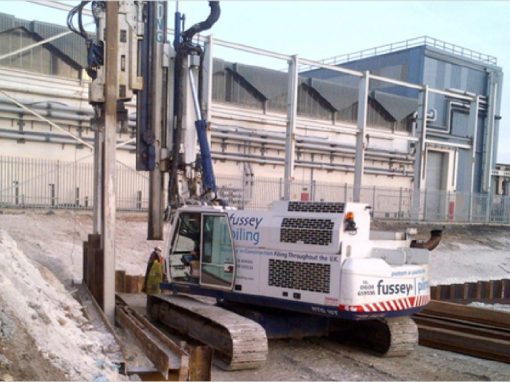
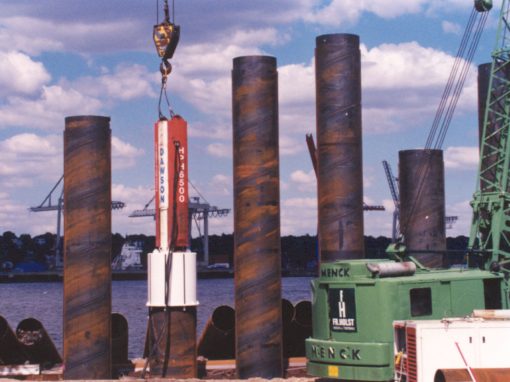
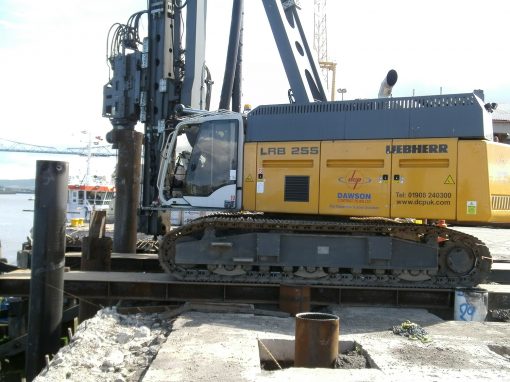



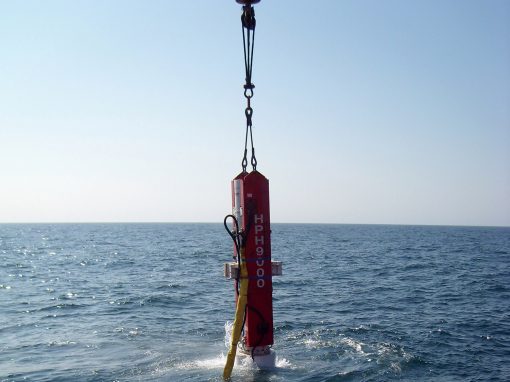
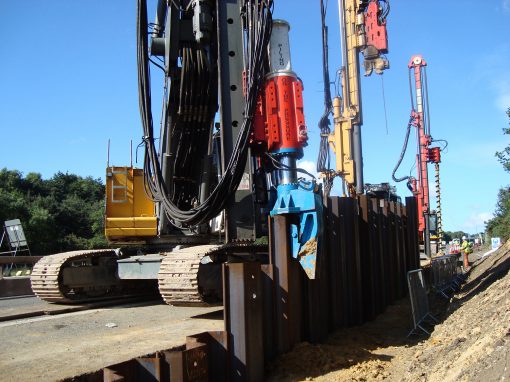





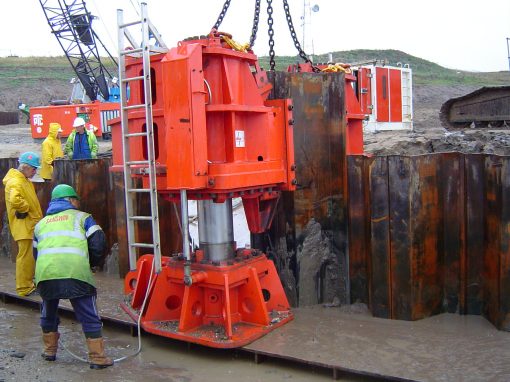
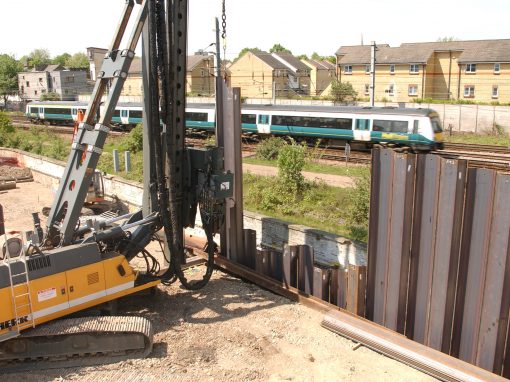


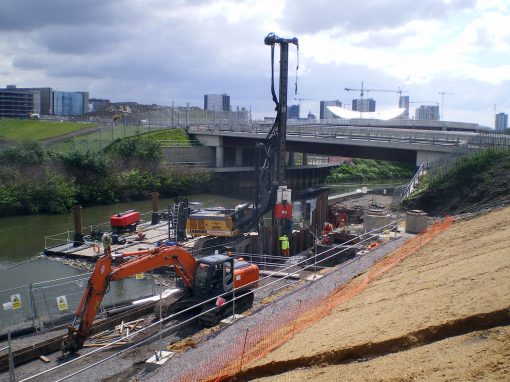


Steel Piling Group, C/O SCI, Silwood Park, Unit D, Buckhurst Road, Ascot ,Berkshire. SL5 7QN
E: info@steelpilinggroup.org

© Copyright 2018 Steel Piling Group
Terms & Conditions | Privacy Policy
